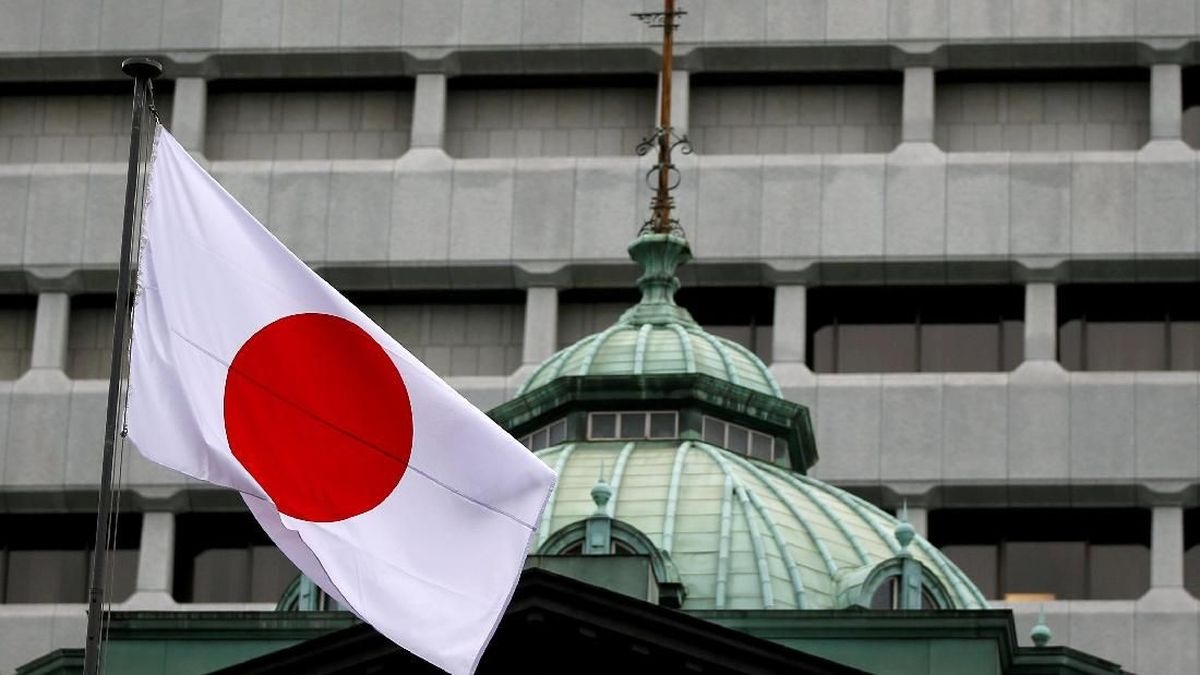Recently, the
Bank of Japan surprised the market by reducing its purchases of
long term government bonds, especially the
30 year JGBs. As a result,
yields surged to their highest levels in over a decade. This signaled a major shift as Japan begins stepping away from its
ultra loose monetary policy, and the ripple effects are being felt across global markets.
At the same time,
US 30 year Treasury yields remain elevated around
4.93 percent. This combination is making investors more cautious. They are starting to pull back from bonds and are searching for
safer places to allocate their capital.
Normally, in times of global uncertainty, investors would flock to the US dollar.
But this time, the story is different.
There’s a growing sense that
the strength of the US dollar may not be sustainable. Two key developments are driving this shift in sentiment.
First, the renewed spotlight on Donald Trump and his economic stance is shifting how investors view the dollar. During his previous term, Trump championed aggressive economic nationalism, from tariff wars to efforts aimed at reshaping global trade. These policies created
sharp, unpredictable moves in the dollar, driven more by political decisions than by fundamentals.
That unpredictability matters.
A true safe haven asset is supposed to offer stability, not volatility. But under Trump-style policy swings, the dollar started behaving more like a tactical tool than a store of value.
For many investors, that’s a red flag. When safe haven assets start reacting too quickly to one person’s decisions, confidence begins to fade.
Second, Trump’s continued focus on reviving American manufacturing. But here’s the catch for US-made goods to be competitive globally,
a strong dollar becomes a major obstacle. A high dollar value makes exports more expensive, which directly conflicts with the goal of bringing manufacturing jobs back to the US.
In other words, either scenario points to a weakening dollar.
That structural pressure is now starting to show. While the Dollar Index seemed steady for a while, it is now beginning to slip. Investors are picking up on the change and becoming more cautious.
Confidence in the dollar as a safe haven is starting to fade.
Meanwhile,
gold prices keep climbing. As the dollar weakens, gold continues to push toward new highs. The charts show a clear divergence.
Capital is moving away from paper assets like the dollar and into physical assets like gold. Tangible, independent from policy risks, and proven through history, gold is once again becoming the preferred safe haven.
This is where
gold-related stocks begin to gain attention.
These stocks follow the momentum of rising gold prices and, in the right conditions,
offer even more upside potential.
That is why now is a great time to start accumulating
Indonesian gold-related names such as INDY, UNTR, ANTM, and DEWA.


.png)

Comments